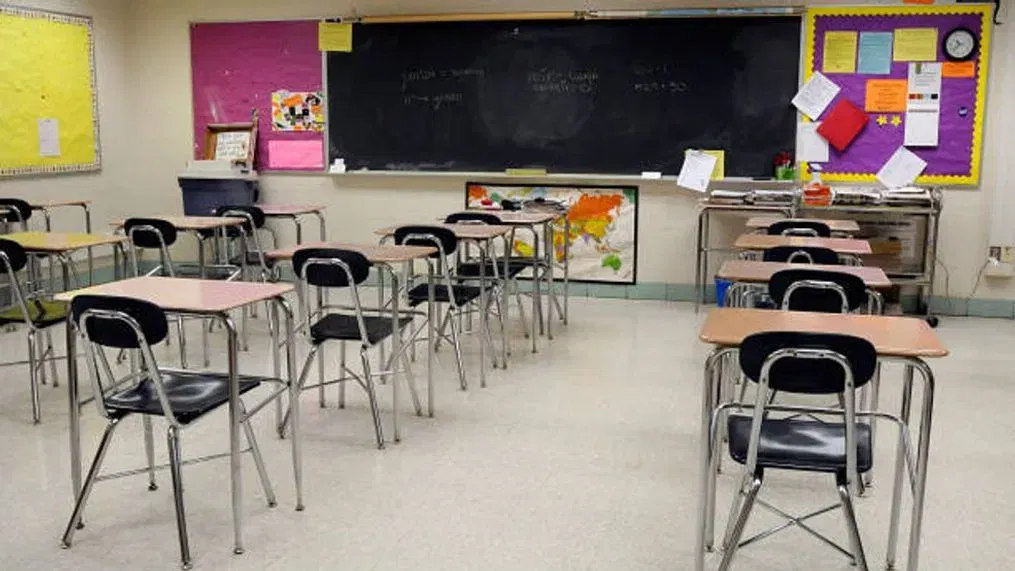
The little white girl looked very sweet. I was a substitute teacher in a 3rd grade San Bernardino classroom, and she was sitting in the first row. I turned towards the blackboard, but something made me turn around and check what was going on behind me. There she was smiling innocently, but I couldn’t shake the feeling that I was missing something.
What I could not miss was the African American little girl at the back of the room bouncing up and down and making a commotion. The teacher’s aide was trying to mollify her, but nothing seemed to be working. In the meantime, I was beginning to suspect, not the little white girl, but my own preconceptions of what the dynamics of this class actually were. There I was, a middle-aged white former professional actor at the beginning of what I as yet, didn’t know was my second career as a teacher, being reduced to a suspicious wreck trying to figure out who was to blame for what.
In the end I had to admit that the little white girl was organizing her girlfriends sitting next to her to throw bits of paper at me while my back was turned. That was the moment I learned the value of moving a student to another seat, and not always the antagonist. Sometimes moving those closest to them meant withdrawing the oxygen they need in which to scheme. It was a lesson that I was to use repeatedly in the continuation high school classroom I inhabited for thirteen years. And what of the African American little girl? I was told by the aide that she was actually the brightest student in the room but had problems with impulse control and was bored.
But I had been led by my worst white preconceptions and almost gave into them. This was before the words diversity, equity, and inclusion were ever discussed widely. They are so vitally necessary. I learned that day that a kid is a kid is a kid. I would never again give into my white, middle-class upbringing and assume anything about a child, whether elementary or high school or even college, which is what I teach now.
In mediation, I’ve observed a lot of bad behavior and a lot of kindness and, while I welcome the kindness, I have to continue to listen past the person and not to confuse them with the problem. Because behavior can hide a chasm of despair, rage, hatred, and frustration. And people have their own way of expressing those feelings. Culture quite often dictates what we say, how we say it, and how we receive it. I hope, as I progress as a mediator, that I have the courage to admit when I get it wrong.
Please email me or leave a comment and let me now if you’re reading my articles and what they mean to you.
